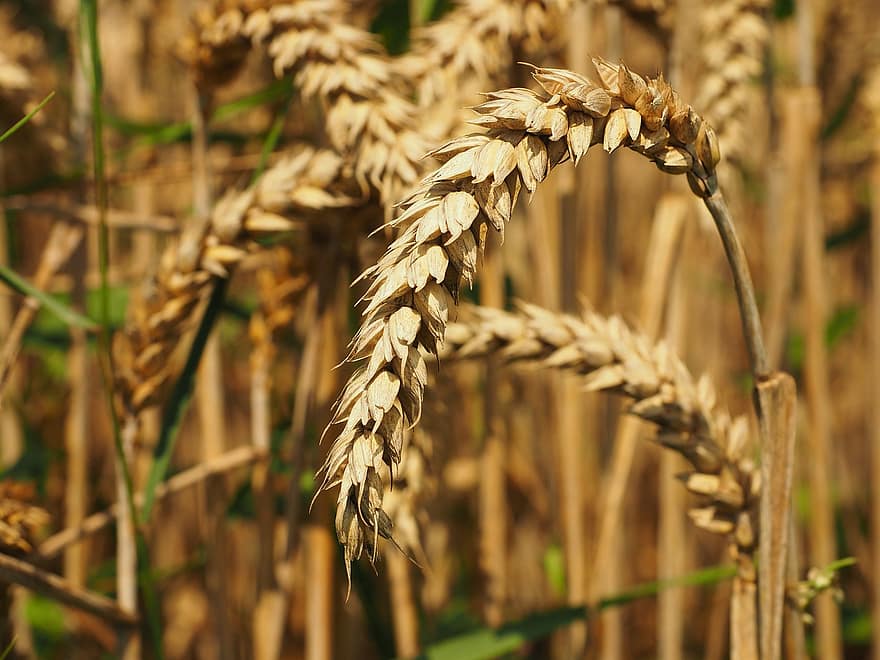
The Indian Ocean Dipole climate driver is strenghtening, slashing Aussie wheat yields
The Indian Ocean Dipole (IOD) is one of the key drivers of Australia's climate, and it's become more influential since the 1990s, severely reducing wheat yields for Aussie farmers, according to Australian and Chinese scientists. The team used computer simulations and artificial intelligence (AI) to investigate what's been happening to the IOD since the 90s, and changes in Australia's other major climate driver, the El Niño Southern Oscillation (ENSO). They found that, since then, the impacts of ENSO have been decreasing, but those from the IOD have been increasing. The increase in positive IOD events is a result of our warming climate, they say, and it has led to a big reduction in wheat yields for our farmers over the past 30 years, they say. The findings highlight the need to adapt seasonal forecasting to the changing situation as climate change worsens to help farmers mitigate yield losses, they conclude.
Journal/conference: Nature Food
Link to research (DOI): 10.1038/s43016-022-00613-9
Organisation/s: NSW Government, ARC Centre of Excellence for Climate Extremes (CLEx), The University of New South Wales, The Australian National University, The University of Melbourne, China Agricultural University, China
Attachments:
Note: Not all attachments are visible to the general public
News for:
Australia
International
NSW
VIC
ACT
Media contact details for this story are only visible to registered journalists.

